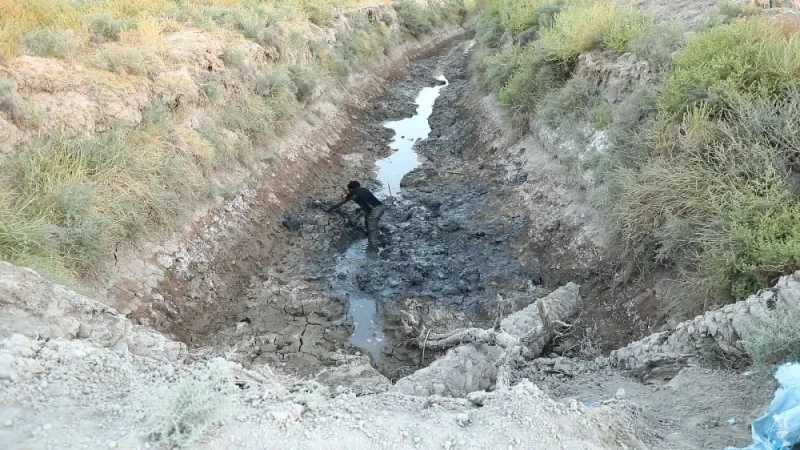DUBAI, UAE - With the weakening of the Gaza front, a ceasefire in Lebanon, and the fall of Bashar al-Assad’s regime in Syria, speculation has grown about the weakening of the Axis of Resistance. Yet, as these developments unfold, attacks from Yemen's Houthi movement against Israel have intensified in frequency and scope, while Iraq's Islamic Resistance appears to be operating in a gray zone.
Before halting in late November, operations from Iraq against Israel had surged dramatically. From late September to the end of November, the number of attacks increased tenfold, coinciding with Israel’s military escalation in Lebanon. Weekly attacks rose from a typical range of one to five to a peak of 41 in the week of October 29 to November 4, following the start of Israel's ground incursion into southern Lebanon.
Between July and late September, the Islamic Resistance in Iraq averaged two attacks per week against Israel. That number jumped to an average of 22 weekly attacks during the Lebanese conflict.
Despite these escalations, Iraqi operations ceased entirely on November 24, three days before the ceasefire in Lebanon took effect. Iraqi factions, however, denied any connection between the halt in attacks and the ceasefire.
“Kata'ib Hezbollah” stated at the time, “A pause by one party in the Axis of Resistance will not affect the unity of the fronts. Instead, new parties will join to strengthen the sacred struggle against the enemies of God, His Messenger, and the believers. We reaffirm our steadfast support for the Palestinian cause.
Political sources suggest the cessation of operations was tied to warnings of potential Israeli retaliation against Iraq. Prime Minister Mohammed Shia' al-Sudani reportedly conveyed these threats to leaders of the Coordination Framework, a coalition of Shiite political factions, in late November.
One week after Iraq’s operations ceased, Yemen’s Houthis began claiming attacks against Israel. This raised questions about a possible collaboration between the two fronts, as past joint operations had been announced between the Islamic Resistance in Iraq and the Houthis.
Joint attacks by the Houthis and Iraq’s Islamic Resistance were first reported in June 2024, continuing for 40 days before pausing in mid-July. During that period, 12 joint operations were documented, with seven targeting commercial and oil vessels. The average rate was one attack every 3.3 days.
After a four-month hiatus, joint operations resumed on December 3. By December 20, six attacks were carried out over 17 days, an average of one every 2.8 days, surpassing the rate of the earlier phase.
New challenges and opportunities
The resurgence of Houthi-led operations against Israel coincides with Iraqi factions’ silence. Analysts are questioning whether the Islamic Resistance in Iraq has shifted its operational base from Syria to Yemen.
Previously, Iraqi factions launched attacks from Syrian territories, but with the fall of the Assad regime and opposition control, Syria has been largely removed from the Axis of Resistance. Iraq now faces challenges in using its own territory for such operations, given its government’s commitments to avoid provoking Israeli retaliation.
Yemen may now serve as the primary launchpad for joint operations. As Israel escalates its responses against Yemen, targeting oil and electrical infrastructure, the Axis of Resistance appears to be adjusting its strategy to maintain pressure on Israel amid changing regional dynamics.



 Facebook
Facebook
 LinkedIn
LinkedIn
 Telegram
Telegram
 X
X


